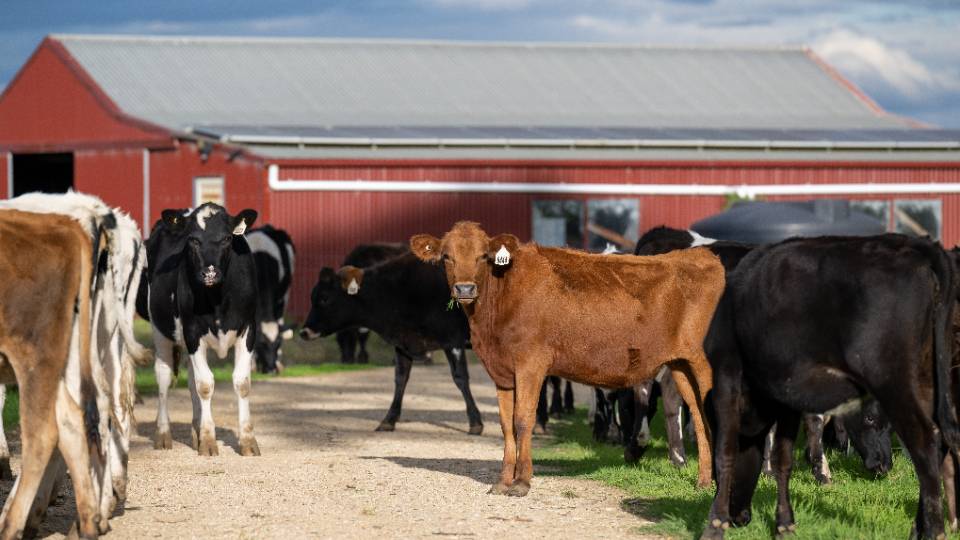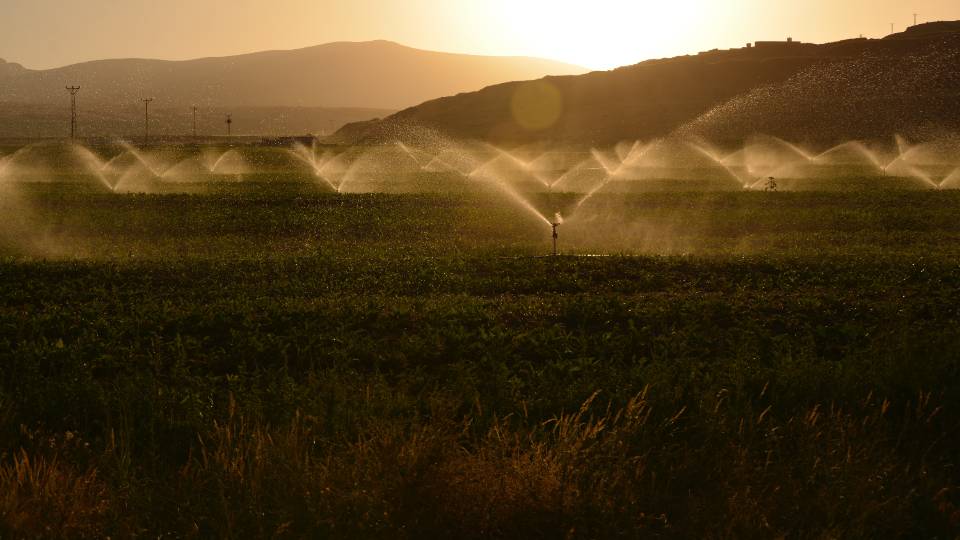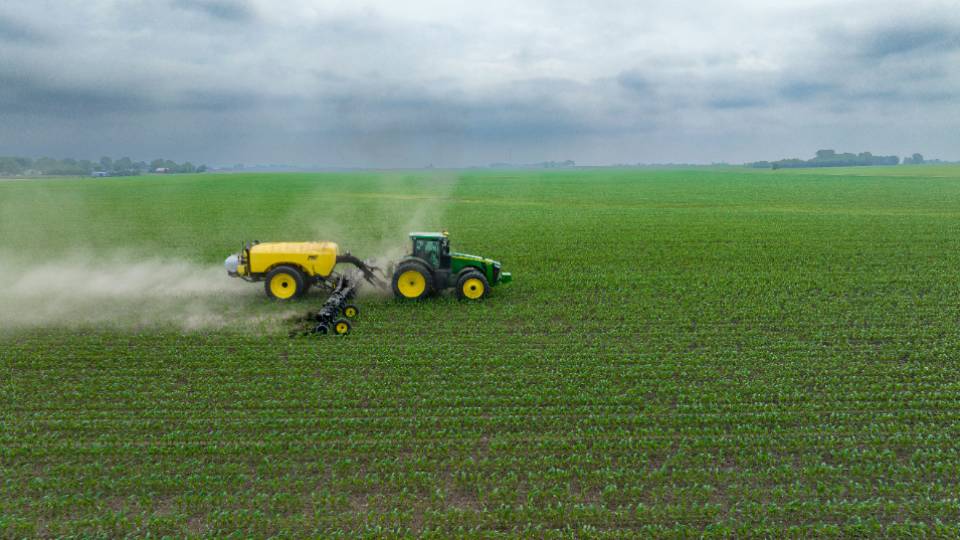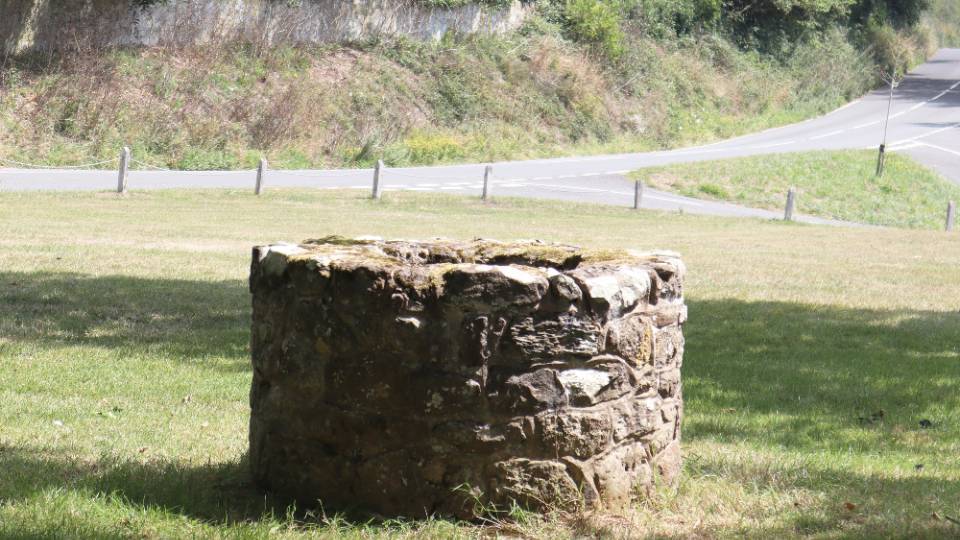Livestock and Water Quality

Livestock can increase erosion along stream banks when allowed access to streams or if over-grazing occurs. If not managed correctly, manure from livestock can enter water systems through wells and surface water, polluting the water with E. coli and excess nutrients.
Production Impacts
If you use surface water or wells for your livestock’s drinking water, ensuring the water quality can improve production costs. There have been studies linking water quality to cattle weight. It is hypothesized that cattle select water based on flavor, sulfate and organic solids content, and salinity[3]. If the water quality is low, cows won’t drink it, causing them to eat less, resulting in weight loss and a drop in milk production. In addition, excess nitrates in the water can cause acute nitrate poisoning, characterized by labored breathing and a rapid pulse[1].
Stock Yard Characteristics
A well-managed stock yard has adequate space, is cleaned regularly, and has a system to control water runoff from the yard. The site has soil with low permeability or concrete so that decaying manure can’t be mixed into soil by animal traffic, and manure is stored above the water table. In addition, the lot is cleaned regularly and doesn’t allow animal access to wells or surface water[2].

Take Action
If you are concerned about the impacts of your livestock yard on your local water quality, take our risk survey to evaluate your management practices, or contact a local USU Extension representative to learn more about actions you can take. Make changes where you can. Some immediate actions include:- Cleaning or scraping your stockyard weekly or more often if manure is accumulating
- Providing adequate bedding in manure piles to absorb liquids
- Keeping livestock away from wells and bodies of water by fencing them off
- Storing your manure under roofed areas to keep rain and snow off
- Creating curbs around your livestock yard
References
[1] Gökşen, Ç., Çiğdem Coşkun, D., & Şebnem, A. (2020). Assessment of livestock drinking water quality: A case study in a special environmental protection area. Journal of Institute of Science and Technology, 36(1).[2] Massie, L., & Mesner, N. (2012). How to manage a livestock yard and protect your water. Utah State University Extension.
[3] Rinella, M. J., Muscha, J. M., Reinhart, K. O., & Petersen, M. K. (2021). Water quality for livestock in northern Great Plains rangelands. Rangeland Ecology & Management, 75(2021), 29–34. https://doi.org/10.1016/j.rama.2020.11.005
Authors
Erin Rivers,Water Quality Extension Specialist; Abby Barton,Intern
Related Research






